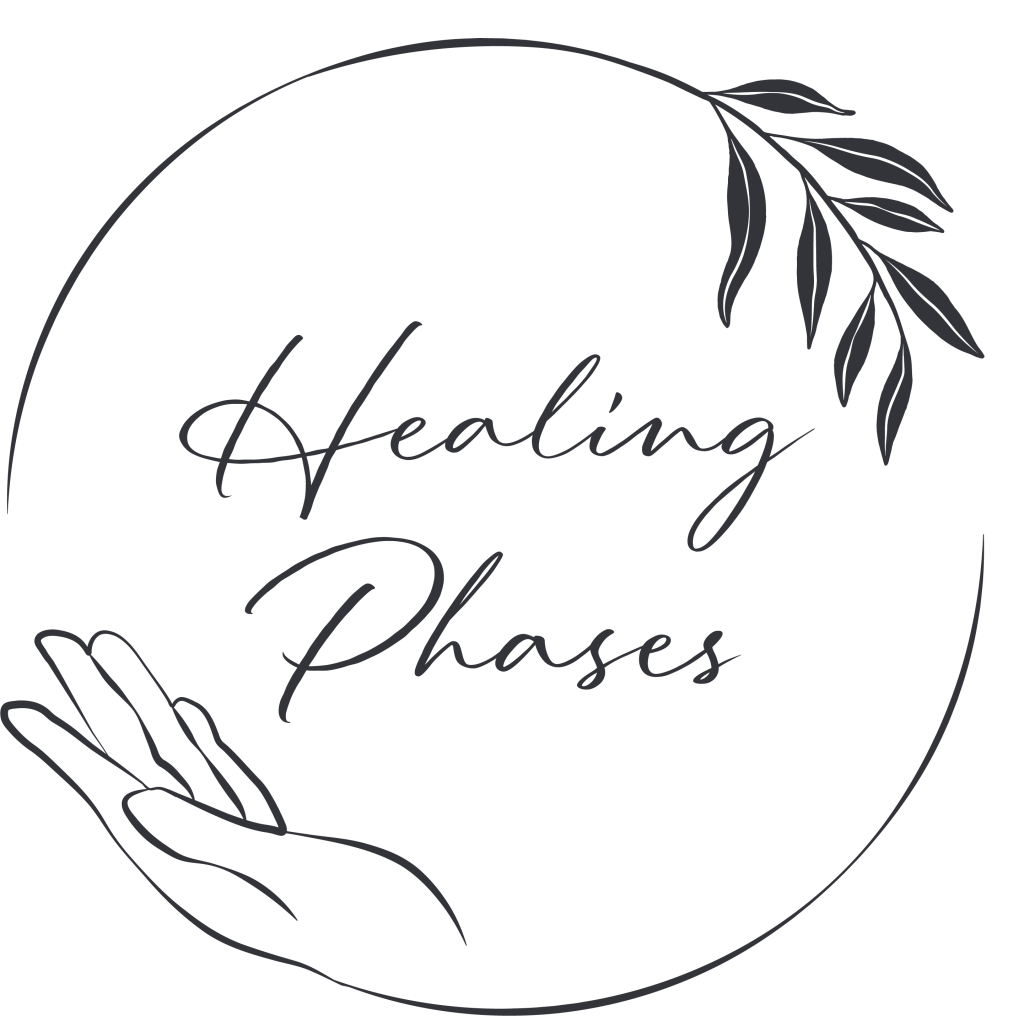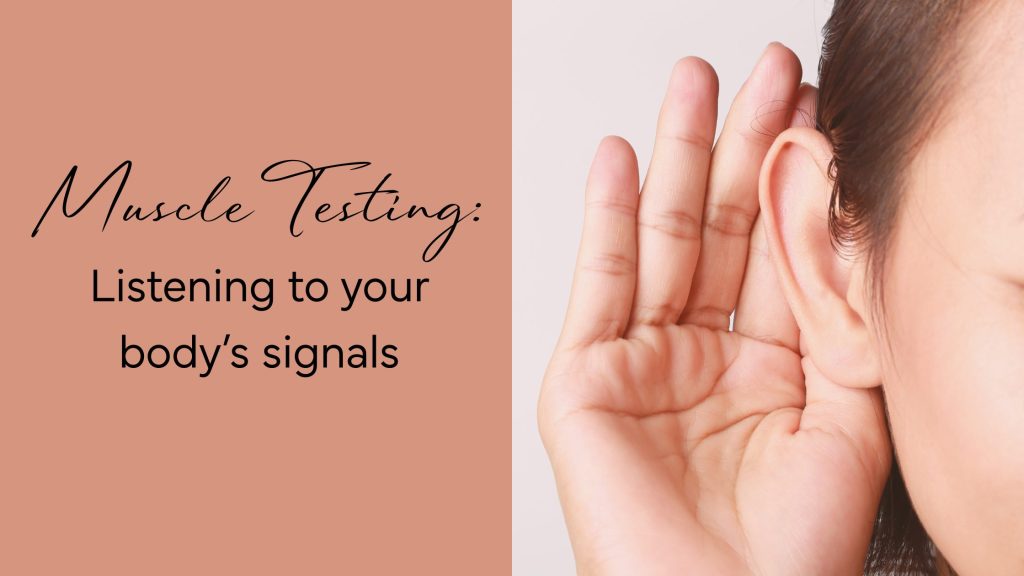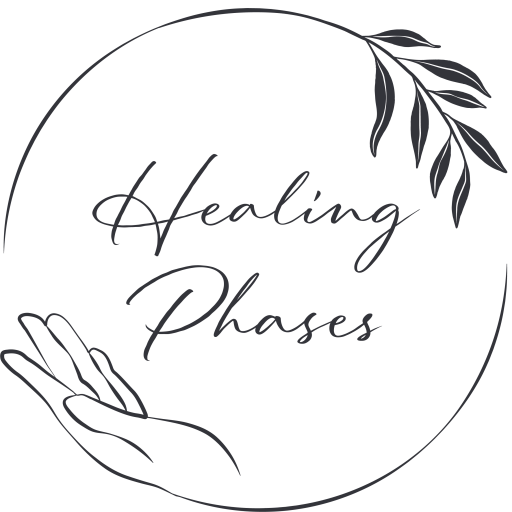Muscle Testing (Applied Kinesiology): Listening to the Body’s Signals
Muscle testing, also called applied kinesiology, is a method of using the body’s subtle responses to gather information about stress, imbalance, or support needs. At its simplest, it involves gently pressing on a muscle—often the arm—to see whether it can hold steady or gives way. This “yes/no” type of feedback reflects how the nervous system reacts to a given stimulus in real time.
Some people also use self-testing methods such as the O-Ring test (developed by Dr. Omura) or the sway test—where the body naturally leans slightly forward or backward when holding a food, supplement, or object. These responses are subtle, but they illustrate an important truth: our bodies continuously process information and express it through the neuromuscular system, often before our conscious mind can catch up.
Think of it like this: if someone suddenly shouted behind you, your body would react instantly—your muscles tighten, pupils widen, and heart rate increases—before you even think. Muscle testing taps into these kinds of automatic, neurological responses, using them as signals about whether the body perceives something as supportive or stressful.
The Foundations We Test
When working one-on-one, we start by checking what we call the three foundations:
-
Strong Healing Response
We begin by testing whether the nervous system can mount a stable muscle response. If the arm consistently weakens, it may reflect that the body is overburdened and resources are depleted. -
Open Regulation
This is about whether the body is in a state of coherence—able to adapt, take in nutrients, and self-organize. Picture a clam shell: when open, it filters with ease; when shut tight, it is closed off. Neurologically, this corresponds with whether the body feels safe (parasympathetic “rest and digest”) or defensive (sympathetic “fight or flight”). -
Switching
Sometimes the nervous system’s “wiring” gets crossed, creating confusion between body and brain. This can show up as fatigue upon waking, trouble falling asleep despite exhaustion, or feeling “out of sync.” Causes may include scars, tattoos, jewelry, or environmental stressors. In neurological terms, this reflects dysregulation between sympathetic and parasympathetic states.
The Body Scan
Once the foundations are clear, we move into a body scan, testing organ reflex points while monitoring muscle response. This helps us identify stressed or weakened systems, and prioritize where support is most needed.
Stressors may include foods, chemicals, heavy metals, or immune challenges. By identifying which factor most impacts the body, we can prevent a cascade of imbalance into other areas.
The Three Levels of Muscle Testing
We also explore imbalances on three interconnected levels:
-
Ectoderm (Surface / Emotional Layer): where stress and emotions influence the body.
-
Matrix (Between Cells): the fascia and lymphatic “ocean” that carries nutrients, hormones, and waste.
-
Cellular: the deepest level—mitochondria, organelles, and DNA—where communication and energy production occur.
This layered approach reflects how stress and imbalance ripple through the nervous system and tissues.
Emotions, Memory & the Nervous System
Sometimes an organ shows stress not only from physical load but from stored emotional memory. Each organ system is linked to patterns of emotion—such as grief in the lungs or fear in the kidneys. When these arise, we guide clients through a multi-sensory process of rewiring, which may include:
-
acupressure tapping points
-
vocal toning, affirmation, and visualization
-
colored lenses or light exposure
-
essential oils and Bach flower remedies
-
sound therapy
These tools stimulate multiple sensory pathways, helping the nervous system form new neural connections and release old patterns.
Roots of the Work
This approach draws from the pioneering work of Dr. Dietrich Klinghardt, who integrated multiple holistic disciplines into a system for assessing and supporting the body. At its core, muscle testing is about listening to the body’s biophoton field—the subtle light emissions and information shared between cells. Neuroscience has shown that cells continuously exchange information through electrical and chemical signals; applied kinesiology adds another way of reading this communication through muscle tone and response.
Why It Matters
Applied kinesiology offers a truly personalized window into health. By paying attention to the body’s subtle cues, we can uncover the story symptoms have been telling all along. The nervous system never lies—it will always reveal whether something feels safe, stressful, or supportive.
In this way, muscle testing isn’t about guessing or imposing answers. It’s about listening deeply, honoring the body’s intelligence, and using that information to guide healing and restore coherence.
Learn how muscle testing bridges body awareness and nervous system communication to guide natural healing.
[Book Now ]



